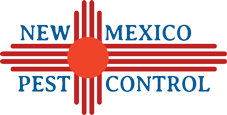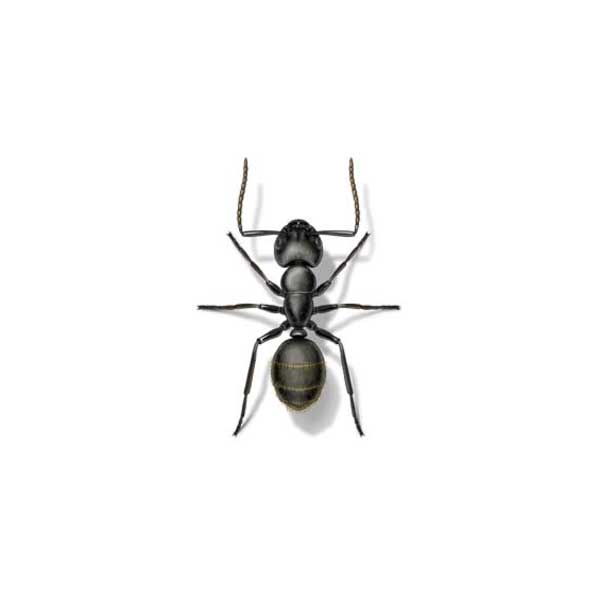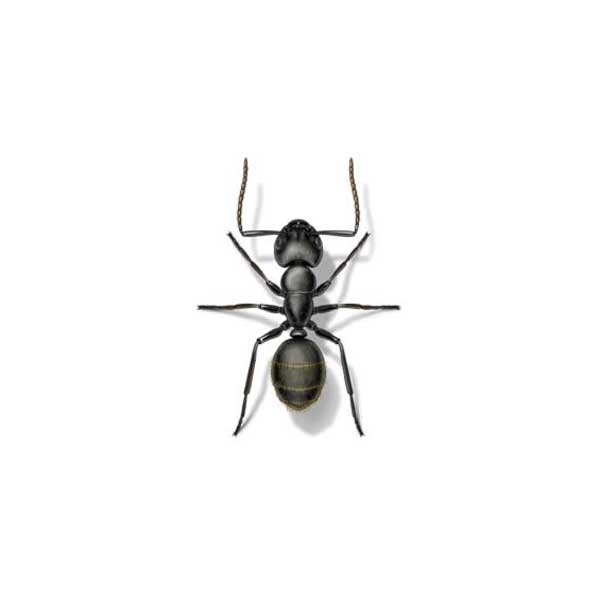Odorous House Ants in Santa Fe and Albuquerque NM
Odorous house ants are known for the rotten, coconut-like odor they emit when crushed. Named for their offensive odor, odorous house ants are one of the most difficult household ants to control. These ants lack aggression between nests, actually cooperating with other ants, which allows them to dominate areas they invade. Sometimes referred to as sugar ants, they prefer to nest outdoors and feed on the honeydew produced by aphids and mealybugs. They are more likely to invade homes in rainy weather when the honeydew of plants might be washed away.
Odorous House Ant Habitat
The odorous house ant will move their nests frequently and can survive in a variety of environments. In selecting a nesting site, the odorous house ant will construct a nest in shallow soil that is often located beneath an object, like a board or stone. Stacked materials, such as lumber, firewood, bricks, rocks, and cardboard are also favorite nesting sites. They forage into structures looking for food and can be found in kitchens and food prep areas. Indoors, odorous house ants prefer areas near moisture—wall voids near water pipes, heaters, leaking fixtures, and damaged wood are all ideal habitats for them.
Odorous House Ant Behaviors, Threats, or Dangers
Although they prefer to be outdoors and do not sting or bite, odorous house ants will forage into homes, especially during rainy weather. As they search for food indoors, ants will establish trails on kitchen counters, and around cabinets, sinks, and baseboards. Due to their foraging activity, odorous house ants will easily contaminate human food supplies. Ant workers and scouts leave behind invisible scent trails from their food source, back to their nest, allowing hundreds of workers to invade homes and businesses. If an odorous house ant infestation is suspected, it is recommended to contact a professional ant exterminator.
Say Goodbye To Odorous House Ants. Get Started Today!





